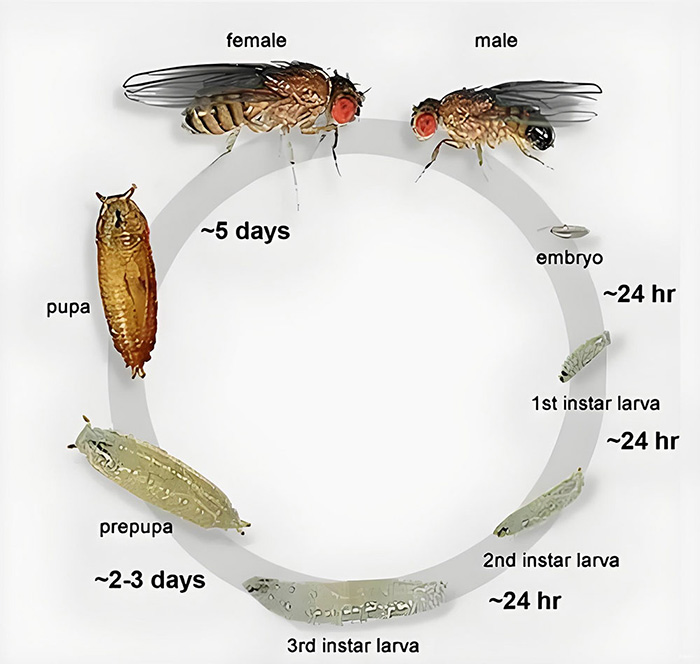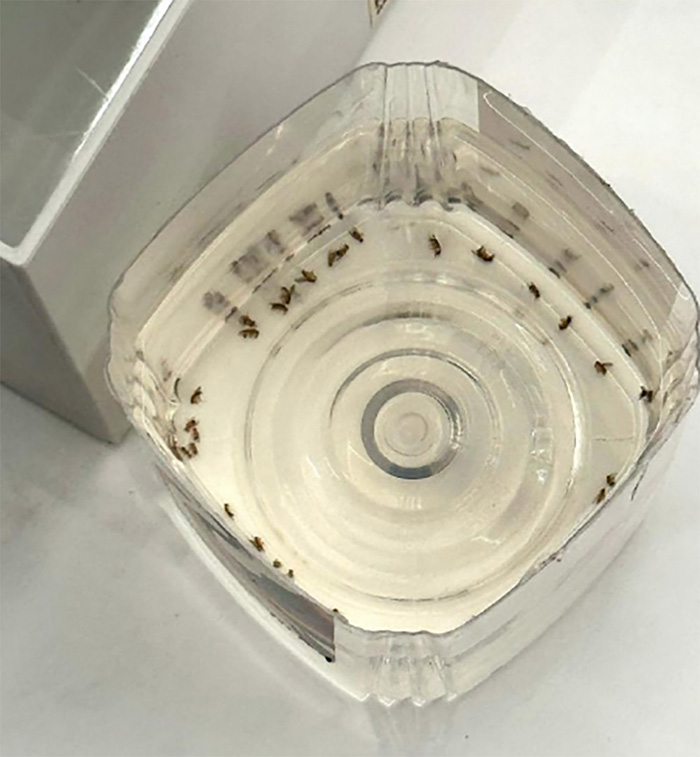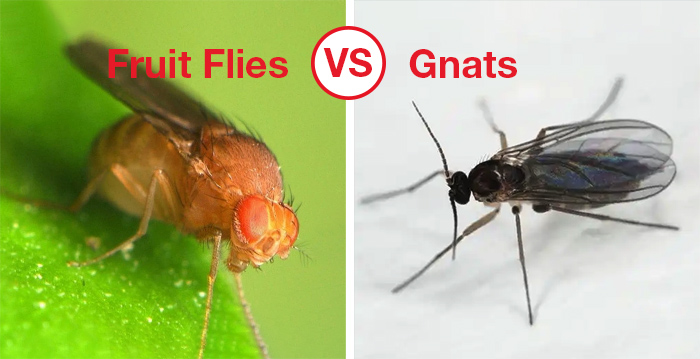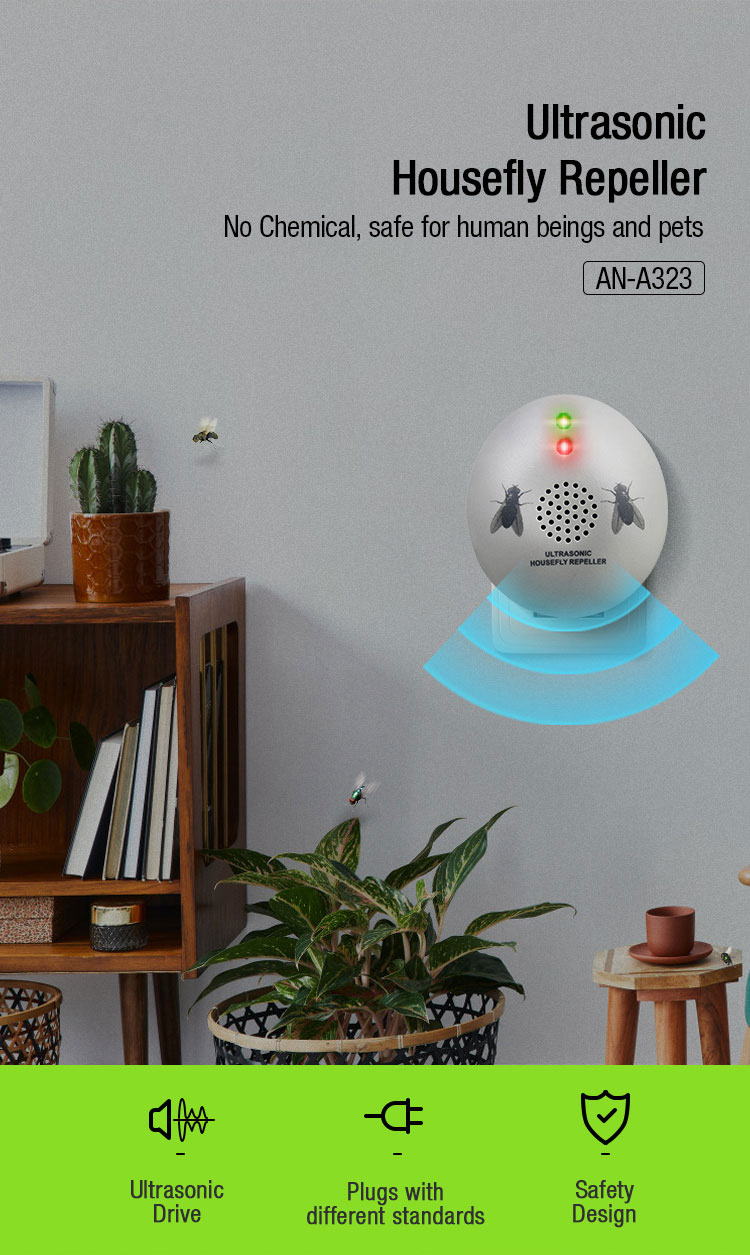Tiny, persistent, and seemingly appearing out of nowhere, fruit flies are one of the most common household pest nuisances.
Table of contents
What are fruit flies
Where do fruit flies come from
How long do fruit flies live
Do fruit flies bite
DIY fruit flies trap
Fruit flies vs gnats
How to get rid of fruit flies and gnats
How to get rid of fruit flies in your house
What Are Fruit Flies?
Fruit flies are small, flying insects known for their attraction to ripening or fermenting fruits and vegetables. Scientifically, they are a key model organism in genetic research, but in the home, they are a sign of an available food source. Adults are typically 3-4 mm long with tan thoraxes and black abdomens. Their most distinctive feature is their bright red eyes.
Where Do Fruit Flies Come From?
A common misconception is that fruit flies spontaneously generate from overripe fruit. In reality, they are master exploiters of minuscule opportunities.
Produce: They most commonly enter your home as eggs or nearly invisible larvae on the skin of store-bought fruits, vegetables, and herbs.
Points of Entry: Adult flies can also easily fly in through open doors, windows, or screens, drawn by the scent of fermentation from your kitchen or garbage.
Hidden Breeding Sites: Beyond the fruit bowl, they breed in moist, organic matter like the sludge at the bottom of a trash can, recycling bins, dirty drains, spilled soda, and overwatered houseplants.
How Long Do Fruit Flies Live?
The fruit fly life cycle is remarkably fast, which is why infestations can explode overnight. Under ideal conditions:
From Egg to Adult: The entire life cycle—from egg, to larva, to pupa, to adult—can be completed in about 8-10 days.
Adult Lifespan: An adult fruit fly can live for 40 to 50 days. However, their rapid breeding means a single female can lay up to 500 eggs in her lifetime, ensuring a continuous population if not controlled.

Do Fruit Flies Bite?
A frequent concern from clients is whether fruit flies pose a physical threat. The good news is that the common fruit fly (Drosophila melanogaster) does not bite. They lack the necessary mouthparts to pierce human skin. Their primary interest is in feeding on decaying sugars and carbohydrates.
Important Distinction: Some small flying insects that are mistaken for fruit flies, such as certain species of gnats (e.g., biting midges or buffalo gnats), can bite. Accurate identification is crucial.
DIY Fruit Fly Traps
Eliminate fruit flies quickly with items you already have at home.
How It Works: Use fermenting bait (like vinegar or wine) to attract them, then trap them.
1. The Vinegar & Soap Trap (Most Effective)
How-to: Pour apple cider vinegar into a small bowl or cup. Add a few drops of dish soap.
Why it works: The vinegar attracts them, the soap breaks the surface tension, so they sink and drown.

2. The Funnel Trap
How-to: Put bait (vinegar or ripe fruit) in a jar. Make a paper cone with a tiny hole at the tip and place it upside-down in the jar.
Why it works: Flies can get in easily but can't find their way out.
3. The Old Wine Bottle Trap
How-to: Leave a little leftover wine in a bottle. Cover the neck with plastic wrap and poke a few small holes.
Why it works: They fly in for the wine but can't navigate back out.
Pro Tip: Place traps near problem areas (fruit bowls, sinks, trash). For best results, always remove the breeding source (overripe produce, dirty drains) first.
Fruit Flies vs Gnats

Fruit Flies
Look: Tan, rounded body with bright red eyes.
Found: In kitchens, near fruit, wine, and trash cans.
Attracted to: Fermenting sugars from overripe produce.
Solution: Use vinegar traps and remove rotting food.
Fungus Gnats
Look: Dark, slender, with long legs like tiny mosquitos.
Found: Flying slowly around houseplants.
Attracted to: Moist soil; larvae eat plant roots and fungus.
Solution: Let soil dry out and use yellow sticky traps.
How to Get Rid of Fruit Flies and Gnats
An integrated approach is necessary for complete control, especially when dealing with both pests.
Elimination of Sources: This is the most critical step. Discard overripe produce. Seal trash and recycling bins tightly.
Target Breeding Grounds:
For Fruit Flies: Clean kitchen drains with a bacterial gel cleaner or a mixture of baking soda and vinegar. Wipe up all spills immediately.
For Fungus Gnats: Allow the top layer of plant soil to dry out completely between waterings. Consider using a sand topping or yellow sticky inserts in your plant pots.
Deploy Traps: Use the DIY vinegar traps for fruit flies and yellow sticky stakes for fungus gnats.
How to Get Rid of Fruit Flies in Your House for Good
The key to a fruit-fly-free home is a multi-pronged strategy focused on sanitation and elimination.
Inspect: Thoroughly check all incoming produce.
Store: Keep ripe fruit in the refrigerator.
Clean: Take out the trash regularly, clean recycling bins, and don't let dirty dishes sit.
Dry: Eliminate standing moisture and fix leaky faucets.
Repellent: Use homemade or commercial repellents to get rid of remaining adult flies.

By breaking their rapid reproductive cycle and removing their food and breeding sources, you can effectively learn how to get rid of fruit flies in your house and prevent future infes


